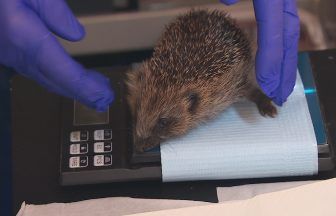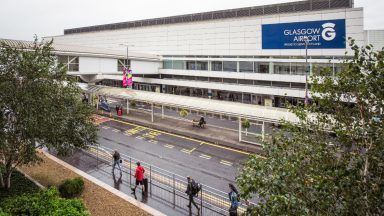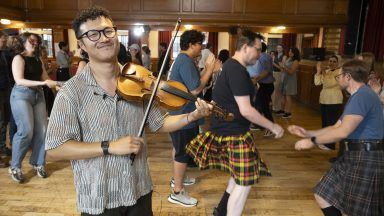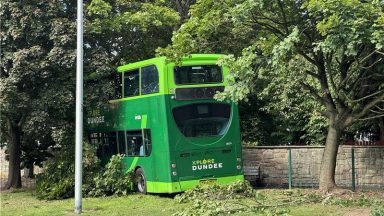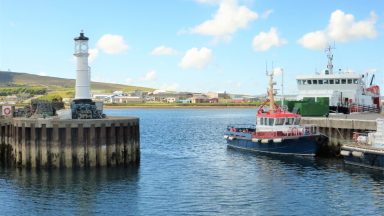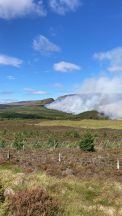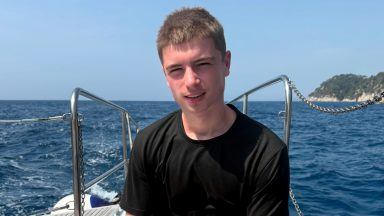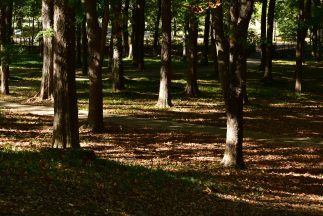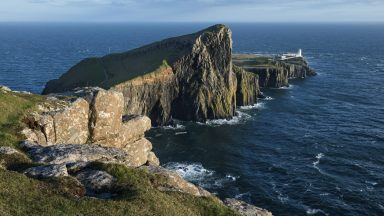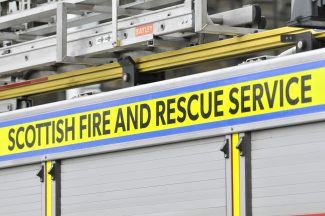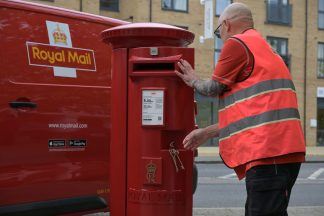Some of Highland’s most rural areas will benefit from a significant investment in tourism, following a decision by councillors on Wednesday.
The council has agreed to spend £1.5m on a range of measures designed to support tourism and protect the environment.
First in line are four remote areas recognised as ‘hot spots’ by the council’s own seasonal access rangers.
The ‘hot spots’ are Durness and Assynt in Sutherland, Glenbrittle in Skye, and the Road to the Isles in Lochaber.
These areas have felt the brunt of the staycation boom caused by the pandemic and the success of the NC500.
‘Behaving worse than animals’
In these more remote parts of the Highlands, the roads network has struggled to cope with increased traffic. Speeding, verge parking and overflowing car parks have become commonplace.
Meantime, farmers and locals have complained about damage to the environment caused by irresponsible visitor behaviour. Rangers have compiled numerous photos of wild camping, littering, tree felling and toileting.
Wednesday’s decision will see significant investment in road and parking improvements and new signage to improve behaviour. It will also pay for seasonal wardens and destination managers, who will work with stakeholders in new local forums.
Councillor Margaret Paterson said the main focus should be education. She said many visitors were “behaving worse than animals”.
Colin Howell, head of roads and infrastructure, said some of that education relies on national messaging.
Mr Howell told members VisitScotland’s new campaigns centre around a ‘tread lightly’ message.
Councillor Allan Henderson emphasised the need for a joined-up approach.
“The beauty of this plan is the fairly remote areas realise they’re not alone,” he said.
“The ‘ban them all’ brigade now realise we do have to work together to make better experiences for visitors and locals.”
Follow STV News on WhatsApp
Scan the QR code on your mobile device for all the latest news from around the country


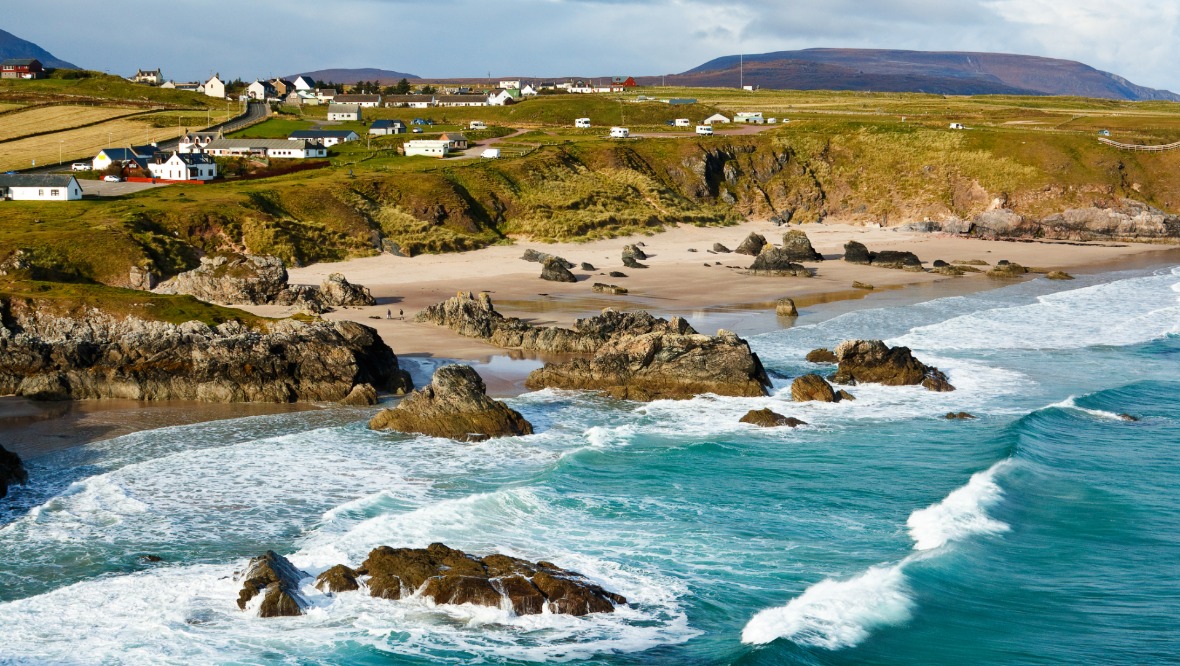 iStock
iStock

